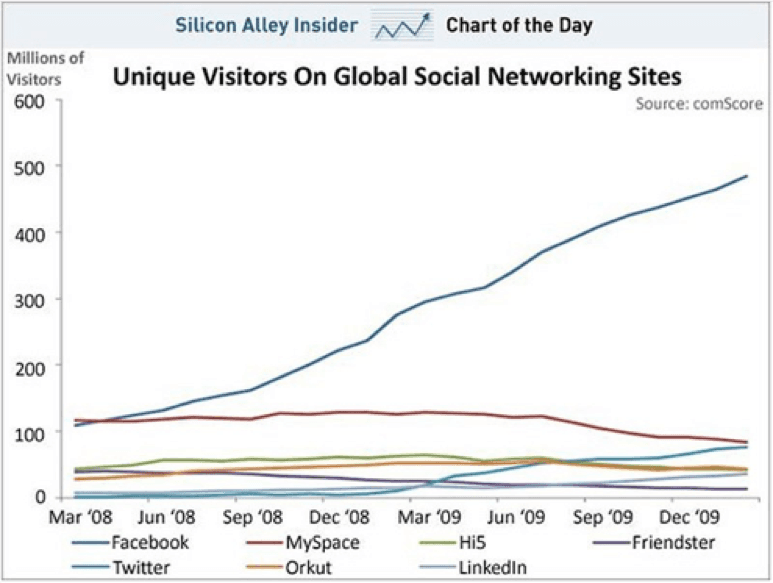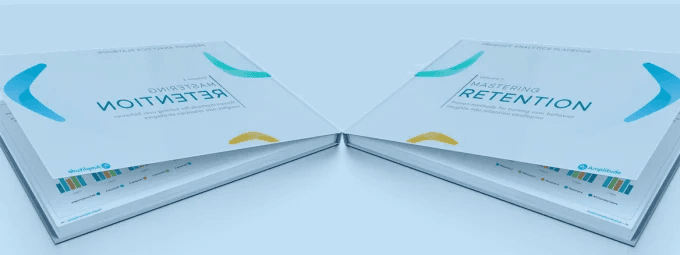Introducing the Product Analytics Playbook
Today we’re releasing the Product Analytics Playbook, Volume 1: Mastering Retention. Volume 1 is a comprehensive approach to retention across all stages of the user lifecycle.
The beginning of an industry
Over the past few months, we’ve posted several excerpts on the blog from a big project we’ve been working on: a comprehensive playbook for using analytics data to improve user retention. Putting together the playbook has a been a huge undertaking from many people at Amplitude. I don’t think we knew what we were signing up for when we started. After thousands of hours of work, hundreds of analyses, and working with dozens of our customers, we’re excited to finally share it with you.
Today we’re releasing the Product Analytics Playbook, Volume 1: Mastering Retention. Volume 1 is a comprehensive approach to retention across all stages of the user lifecycle. It covers how to build retention into your product. It also covers how to leverage user behavior data to identify opportunities to improve your product. Understanding and improving retention is core to long term product success and the cornerstone of using product analytics to build better products.
First: what is product analytics?
Product analytics provides a quantitative understanding of your users and the interactions they have with your product. Understanding your users through product analytics will be a core competency of all product organizations in the future.
To give you an overview of what to expect with the Playbook and why we decided to write it, I’ll share a few core beliefs that drive our vision for product analytics and what makes successful products.
Our Core Beliefs
Retention is the #1 predictor of product success
User retention is the single biggest predictor of long term product success. It sounds obvious, but to a lot of companies, it’s not. Companies spend an order of magnitude more on acquiring customers than they do on engaging the ones they already have. In the startup world people often focus on top line growth at the expense of retention. I made this mistake in the first company I started, Sonalight. That is the wrong way to build a successful product!
Engaging an existing user is much more impactful than trying to acquire a new one. Good growth teams focus on improving retention before investing effort into top of funnel as they know that is what will lead towards the largest user base long term.
In fact, user retention is a great predictor for app store ranking in the app store. The formula for app store ranking doesn’t take into account retention (although it should!) yet if you were to pick one metric around user behavior to try and predict the success of an application it’d be retention, not top line growth. Within SaaS, eliminating churn is a much better investment than focusing on acquisition. Most revenue growth at late stage SaaS companies actually comes from expanding existing accounts rather than acquisition of new accounts. Outside of tech, businesses have known forever that retention is super important- it’s why customer loyalty programs exist- from airline miles to credit cards to retail store cards. Always pick happy current customers over new prospective customers.
Top applications have 4x the retention than the average app in the app store. From Quettra

Behaviors over demographics
If retention drives product success- what drives retention? The traditional marketing view is to segment your user base by demographics and find groups of users that correlate strongly with engagement with your product. Then, go and figure out how to acquire more users from that demographic. For example, there’s a stereotype that Snapchat and Tumblr are for teens, Pinterest is for women, and LinkedIn is for highly educated and high-income earners.
As it turns out, behaviors are much better predictors of engagement than demographics. Take social networks. Before Facebook, most social networks found success by focusing on a particular demographic- Myspace focused on music bands and entertainment, Hi5 focused on online gaming, Orkut focused on India and Brazil, VK focused on Russia. These companies grew to 50-100 million users. Facebook was the first social network to focus on behaviors- adding friends- and broke well past 100 million users to become the first social network to reach the next order of magnitude and now stands at 1.8 billion monthly active users.
Facebook was the first Social network to break past 100MM active users.

The advertising industry has realized this too. Retargeting focuses on advertising to users who have already engaged with your product and is 3-10x more effective than banner ads to users based on their demographic characteristics. What’s the best predictor of buying behavior? Previous interest in a product. Entire companies have sprung up around this single insight.
What your users do matters much more than who they are. (There’s also a powerful message about life in there as well.)
Understanding the core value of your product
There are thousands of articles listing ‘growth hacks’ for increasing retention, ranging from social media tactics, to drip campaigns, targeted ads, and push notifications, etc. The problem with most of these tactics are that they’re just that: short-term, often unspecific tactics that lead to a transient uptick in active users. It ultimately comes back to understanding the core value of your product and then exposing that to users over and over again.
We’re not the first ones to come up with this insight. Facebook is successful because they understand their core value to users is adding friends and building a social network. They cut out almost everything from the signup process except adding friends, they suggest friends for you, and they have your friends suggest friends for you when you’re new. Slack is the fastest growing B2B SaaS company in history because everything is driven towards getting first time users to send 2000 messages. Dropbox focuses you on your first file upload.
It’s not magic. We’re working with hundreds of companies to help them find and focus on their core product value. We’re excited to to share what we’ve learned through today’s release of the Product Analytics Playbook, Volume 1: Mastering Retention.
Time to step into the future
Over the last decade there’s been a proliferation of digital products like never before. We’re excited to enable a world where products are always getting better. Today’s release builds on the work that we did in 2016 to empower product organizations including the release of Amplitude 2.0 and Nova. Throughout 2017, we will continue to remove barriers to product organizations understanding user behavior. Expect to see more from the Playbook as well as major additions to Amplitude.
It’s time to use product analytics to build better products.
-Spenser Skates, CEO, Amplitude

Spenser Skates
CEO and Co-founder, Amplitude
Spenser is the CEO and Co-founder of Amplitude. He experienced the need for a better product analytics solution firsthand while developing Sonalight, a text-to-voice app. Out of that need, Spenser created Amplitude so that everyone can learn from user behavior to build better products.
More from Spenser




